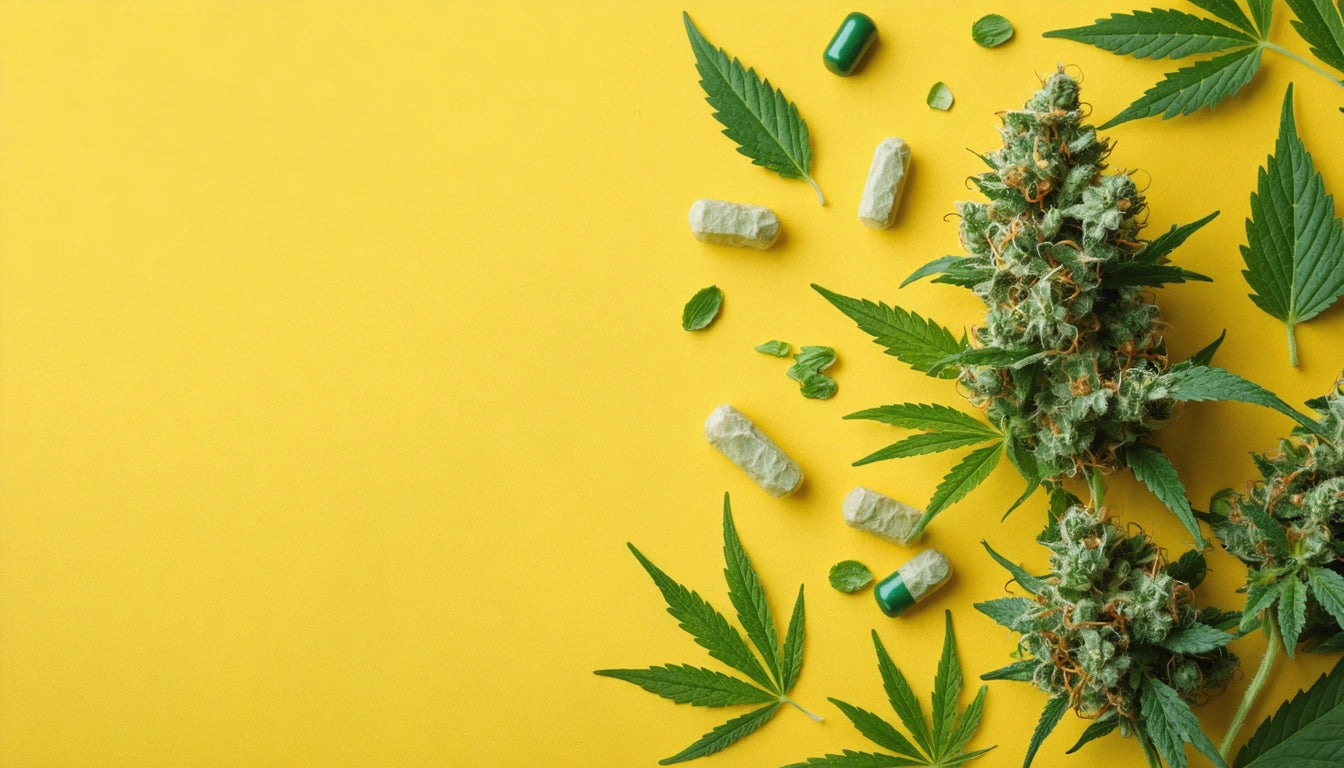Table of Contents
Exploring the Impact of Marijuana Legalization on Crime Rates in Colorado
When Colorado voters approved Amendment 64 in 2012, legalizing recreational marijuana, many questions arose about how this policy shift would affect public safety. Nearly a decade later, the relationship between marijuana legalization and crime rates continues to be a topic of significant debate and research. This analysis examines Colorado crime statistics since legalization to understand the actual impact on public safety.
Colorado's Marijuana Legalization: Historical Context
Colorado made history as one of the first states to legalize recreational marijuana, with retail sales beginning in January 2014. The impact and history of weed legalization in Colorado reveals a carefully implemented regulatory framework that focused on controlled distribution, age restrictions, and public safety measures.
Prior to full legalization, Colorado had established a medical marijuana program in 2000, creating a foundation for the regulatory structure that would later govern recreational use. Understanding this progression is crucial when analyzing crime rate in Colorado after legalization, as it wasn't a sudden change but rather a gradual policy evolution.
Crime Rate Trends Before and After Legalization
Colorado crime statistics after legalization show a complex picture that defies simple conclusions. According to data from the Colorado Bureau of Investigation:
- Overall property crime rates fluctuated in the years following legalization, with some initial increases followed by periods of decline
- Violent crime showed a slight upward trend, though this mirrors national trends during the same period
- Drug arrests for marijuana possession predictably decreased significantly
It's important to note that correlation doesn't imply causation. Many factors beyond marijuana policy influence crime rates, including economic conditions, population growth, law enforcement strategies, and broader social trends.
Impact on Specific Crime Categories
Drug-Related Offenses
The most direct impact of legalization was on marijuana-related arrests, which declined by approximately 68% between 2012 and 2019. This reduction allowed law enforcement to reallocate resources toward other priorities. For businesses in the cannabis industry, this shift created a more stable operating environment, though proper measurement tools and digital scales for accurate product handling became essential for maintaining compliance with strict regulations.
Violent Crime
Colorado crime rate since legalization shows that violent crime has increased in some categories. However, criminologists caution against attributing this directly to marijuana legalization, as similar increases occurred in neighboring states without legal cannabis during the same period.
Property Crime
Property crime statistics present a mixed picture. Some studies suggest initial increases in certain areas near dispensaries, while others indicate no significant change or even decreases in some communities. The cash-intensive nature of the early cannabis industry may have contributed to certain property crimes, though this effect has diminished as banking solutions have improved.
Comparing Crime Rates: Legal vs. Illegal States
When examining whether crime rates are higher in places where marijuana is banned, cross-state comparisons offer valuable insights. Multiple studies have found that states maintaining prohibition often experience higher rates of certain crimes compared to states with regulated markets. This contradicts claims that legalization inevitably leads to increased criminal activity.
A 2018 study published in the Journal of Economic Behavior & Organization found that counties bordering Colorado actually saw decreases in certain crime categories following legalization, suggesting that legal access may reduce criminal activity associated with black markets.
The regulatory framework outlined in Colorado's comprehensive marijuana laws created a structured environment that may contribute to these outcomes by removing marijuana commerce from illicit markets.
Economic and Social Factors Influencing Crime Statistics
Several economic and social factors complicate the analysis of Colorado crime statistics since legalization:
- Tax revenue from legal cannabis (exceeding $1.5 billion since 2014) has funded education, public health, and law enforcement initiatives
- Population growth in Colorado outpaced national averages during this period, affecting per capita crime calculations
- Tourism increased significantly, creating statistical challenges when calculating crime rates based on resident population
- Economic opportunities in the legal cannabis industry created jobs and reduced unemployment, potentially offsetting some crime factors
These variables make it difficult to isolate the specific impact of marijuana policy on crime rates. However, understanding key legal regulations in Colorado provides context for how the state has attempted to address potential public safety concerns through policy.
Future Implications for Policy and Public Safety
The Colorado experience offers valuable lessons for other jurisdictions considering marijuana policy reform. The data suggests that legalization does not inevitably lead to crime increases and may actually reduce certain types of criminal activity. However, thoughtful regulation, robust monitoring, and community-based approaches remain essential.
Future research should focus on longer-term trends, as the full impact of legalization may take decades to fully manifest. Additionally, more nuanced analysis of neighborhood-level data could help identify localized effects that might be obscured in statewide statistics.
For policymakers in states considering legalization, Colorado's experience suggests that comprehensive regulatory frameworks, investment in public education, and support for law enforcement training can help mitigate potential negative impacts while maximizing public health and safety benefits.











Leave a comment
All comments are moderated before being published.
This site is protected by hCaptcha and the hCaptcha Privacy Policy and Terms of Service apply.